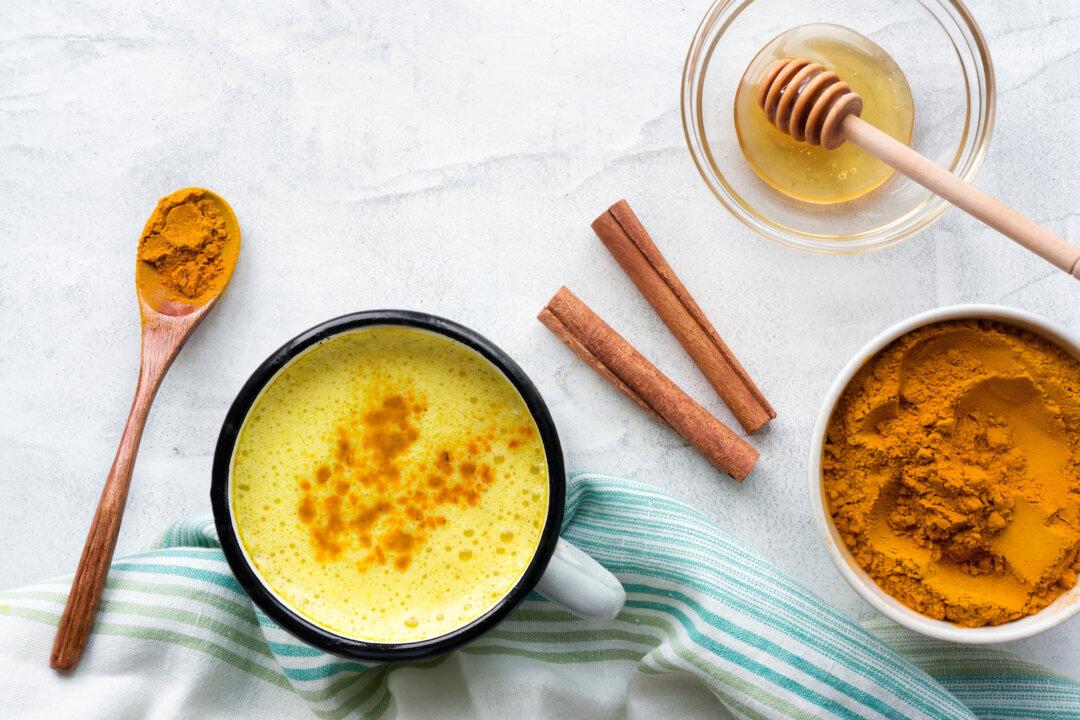Curcumin is the major biologically active polyphenolic compound of turmeric and gives the spice its yellow color. Recent research shows the biological activity of curcumin reduces the severity of COVID-19. The results rank curcumin in the top five substances of 25 tested when used early to reduce illness and death from COVID.
Turmeric is a perennial plant in the ginger family and found native to southern India and Indonesia. Like ginger, it is the underground rhizome that is used in cooking and for medicinal purposes. Traditionally, it was used in Ayurvedic medicine and traditional Chinese medicine.






